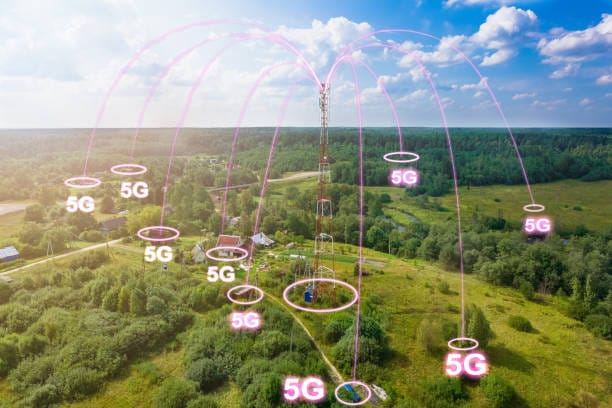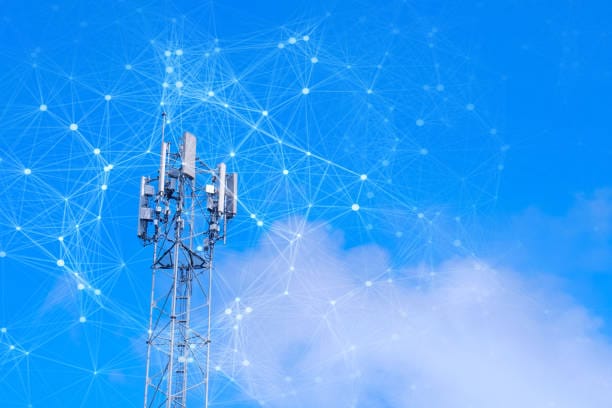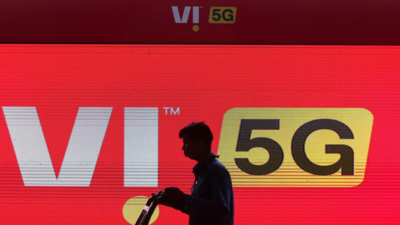Could 5G Technology Transform Our Daily Lives?

As we move into a world where technology increasingly shapes every aspect of our daily existence, 5G is poised to be the next major catalyst for change. It will unlock a new era of connectivity that will reshape how we interact with the world. But how exactly will 5G change our lives? And what does this mean for the future?
What is 5G?
At its most basic level, 5G is the fifth generation of wireless technology. It’s the next evolution after 4G, the network that brought us faster internet speeds and mobile apps that changed the way we live. But 5G isn’t just about faster download speeds or higher-resolution video. It’s about enabling near-instantaneous communication across an ever-expanding network of devices—millions of devices, all communicating with each other seamlessly in real time.
With 5G, the latency (or delay) in communication will be reduced to near zero, making it possible for connected devices to respond instantly. This low latency, combined with higher speeds and the ability to handle massive amounts of data, opens up possibilities that weren’t feasible before. From smart cities to autonomous vehicles, the potential is vast.
A More Connected World

Our homes are already becoming smarter. Voice assistants, smart thermostats, and connected appliances are just the beginning. However, the true power of a 5G-powered home lies in its ability to operate with precision and speed.
Imagine a home where everything is interconnected and can respond instantly to your needs, whether it’s adjusting the lighting, preparing the house to the right temperature, or even automatically ordering groceries. The low latency of 5G means no lag between your command and the action.
And it’s not just about convenience. Homes powered by 5G will be able to intelligently adapt to your lifestyle, reducing energy consumption, improving security, and enhancing your overall quality of life. Devices won’t just respond to commands; they will anticipate your needs, creating a living environment that is both responsive and sustainable.
How 5G Is Already Changing Things

Cities like Seoul are using 5G to create smarter, more efficient environments. In this South Korean city, 5G-enabled smart streetlights are collecting data in real-time, optimizing traffic flow, reducing energy usage, and improving public safety. The ability to process massive amounts of data instantly and act on it is one of the core advantages of 5G.
Similarly, 5G is transforming healthcare. In areas where access to medical expertise is limited, 5G is enabling doctors to conduct remote surgeries, monitor patients remotely, and even provide life-saving interventions faster than ever. Verizon’s 5G network, for example, is already supporting real-time data exchange between ambulances and hospitals, helping doctors prepare for critical cases before patients even arrive.
The Challenges Ahead: Infrastructure, Privacy, and Security
While the promise of 5G is exciting, the rollout won’t be without challenges. One of the primary hurdles will be the infrastructure required to support such an expansive network. Deploying the necessary towers, fibre-optic cables, and other components will take time, and rural areas may see slower rollouts than urban centres.
Additionally, as the number of connected devices multiplies, concerns about data privacy and security become more pressing. With 5G enabling an explosion of data being transmitted in real-time, the question of how to protect sensitive personal information—and prevent misuse—will need to be addressed.
The Ecosystem: How 5G Powers the Future
5G won’t exist in a vacuum. Its true potential will only be realized when paired with a wide range of technologies and systems that rely on each other to function. Whether it’s the autonomous vehicles that will need instantaneous data exchange to drive safely or smart grids that will optimize energy use across cities, 5G will be the backbone enabling these systems to operate seamlessly.
For example, self-driving cars require real-time communication with surrounding vehicles, traffic lights, and road sensors. With 5G, the speed and capacity of the network will allow these vehicles to make immediate decisions, improving safety and efficiency on the road. Similarly, remote healthcare applications depend on 5G’s low latency to transmit patient data in real-time, enabling faster diagnosis and intervention.
The Future of 6G and Beyond
While 5G is only beginning to make its impact, the technology is already evolving toward 6G. Though we’re still years away from its realization, 6G promises to push the boundaries even further. Expect even faster speeds, hyper-realistic virtual experiences, and unimaginable connectivity where devices can communicate almost instantaneously across the globe.
As we look forward to 6G, it’s clear that the progression of these networks will continue to shape the way we live, work, and interact with the world.
5G is the foundation of a new era of connected living, where everything around us is smarter, faster, and more efficient. Whether it’s transforming the way we live in smart homes, improving healthcare systems, or creating smarter cities, the possibilities are endless.
While the road to full 5G deployment may be filled with challenges, the rewards are well worth it. In the years ahead, we’ll see a world where the digital and physical realms converge in ways that will enhance nearly every aspect of our lives. The question is not if 5G will change our world—but how soon.